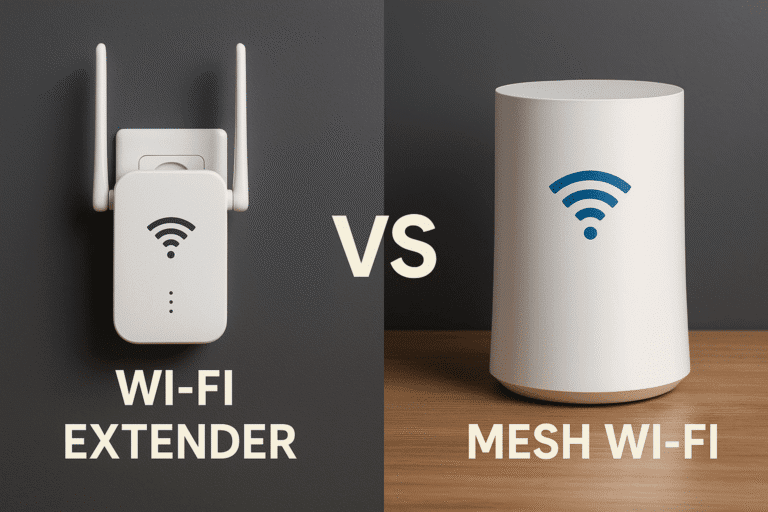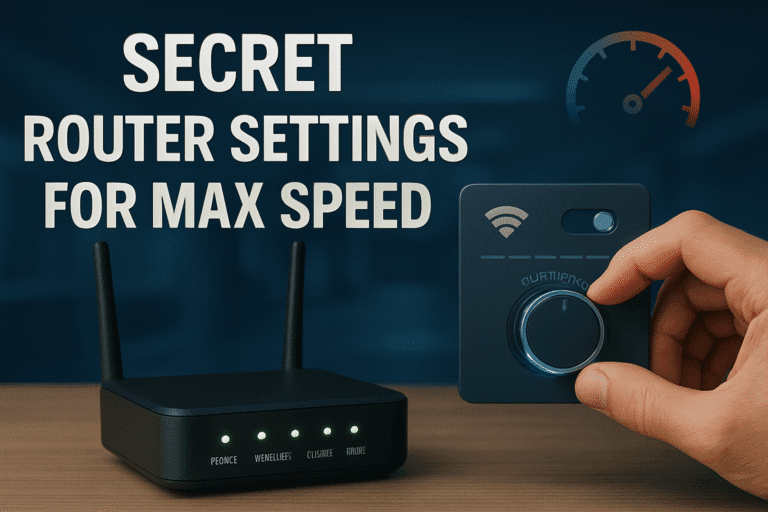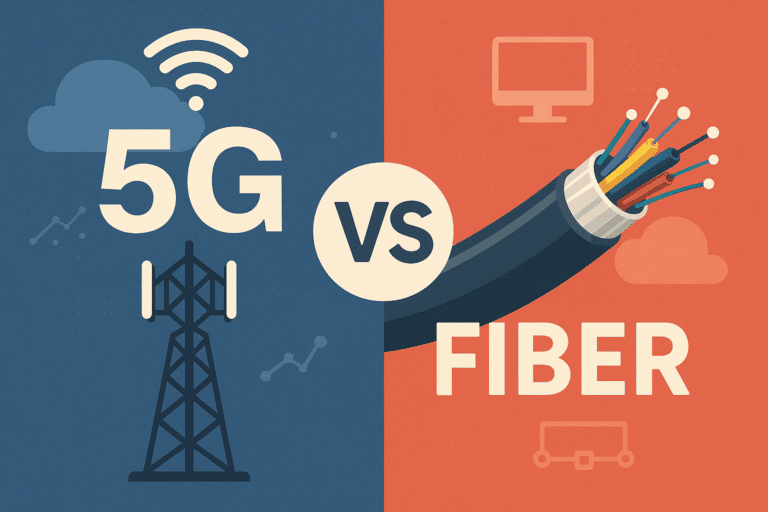In today’s ultra-connected world, your home internet isn’t just a utility—it’s the digital backbone of your life. Whether you’re streaming in 4K, attending virtual meetings, managing smart devices, or gaming competitively, choosing the right internet plan in 2025 can be the difference between a smooth digital experience and endless buffering.
But with so many options across the U.S., finding the right plan can feel overwhelming. Don’t worry—we’ve broken it all down to help you pick the plan that truly fits your lifestyle and budget.
Types of Internet Available in the U.S. in 2025
1. Fiber Internet
Fiber-optic internet offers the fastest, most reliable connection in 2025. It uses light to transmit data through thin strands of glass.
- Speeds: 300 Mbps – 8 Gbps
- Best Providers: AT&T Fiber, Google Fiber, Verizon Fios, Ziply Fiber
Pros:
- Symmetrical upload/download speeds
Extremely low latency (great for gaming, Zoom)
- Reliable even during peak usage
- No data caps (in most plans)
Cons:
- Limited availability in rural areas
- Installation might require digging or setup appointments
2. Cable Internet
Cable internet is the most widely available high-speed option in the U.S.
- Speeds: 100 Mbps – 1.2 Gbps
- Best Providers: Xfinity, Spectrum, Cox, Optimum
Pros:
- High speeds suitable for HD streaming, gaming
- Bundling options with TV and phone
Cons:
- Slower upload speeds than fiber
- Potential for network congestion
- Data caps common (1.2 TB/month)
3. 5G Home Internet
An increasingly popular wireless solution, ideal for areas without fiber or cable.
- Speeds: 50 – 300 Mbps (up to 1 Gbps in some urban zones)
- Best Providers: T-Mobile Home Internet, Verizon 5G Home
Pros:
- Quick, no-hassle self-installation
- Often no contracts or data caps
- Perfect for renters or frequent movers
Cons:
- Performance can vary by location
- Higher latency than fiber
- Less reliable in poor signal zones
4. DSL and Satellite Internet
- DSL: Becoming obsolete, speeds top at 100 Mbps
- Satellite (Starlink):
- Speed: 50 – 250 Mbps
- Latency: 40 – 100ms
- Best for remote rural areas with no wired access
What Internet Speed Do You Really Need?
The best plan isn’t just about max speed—it’s about having enough for your household’s usage patterns:
| Activity | Recommended Speed (per user) |
|---|---|
| Web browsing, social media | 5 – 10 Mbps |
| HD video streaming | 25 Mbps |
| 4K video streaming | 50 Mbps |
| Online gaming (low latency) | 25 Mbps |
| Remote work (Zoom, file sharing) | 25 – 50 Mbps |
| Cloud backups, large file uploads | 50 – 100+ Mbps |
Household Guidelines:
- 1–2 users: 50 – 100 Mbps
- 3–4 users: 200 – 500 Mbps
- 5+ users or smart home setups: 500+ Mbps
Need a boost at home? Check out how to boost WiFi speed or how to fix slow internet.
Unlimited vs. Capped Plans in 2025
Most fiber and 5G providers now offer truly unlimited data with no throttling. Cable providers may still enforce caps:
- Xfinity: 1.2 TB cap; $10/50GB overage
- Spectrum: No caps
- T-Mobile 5G: Unlimited
If your household consumes a lot of content, unlimited is the way to go.
Comparing the Top Providers by Speed, Price & Coverage
| Provider | Max Speed | Price Range | Data Caps | Best For |
| AT&T Fiber | Up to 5 Gbps | $55–180/mo | None | Power users, remote work |
| Verizon Fios | Up to 2 Gbps | $50–120/mo | None | Families, streamers |
| Google Fiber | Up to 8 Gbps | $70–150/mo | None | Multi-gig setups |
| Xfinity | Up to 1.2 Gbps | $30–90/mo | 1.2 TB | Budget-conscious users |
| T-Mobile 5G | Up to 300 Mbps | $50/mo | None | Renters, rural households |
Fiber vs Cable vs 5G – Which Is Better?
Need help deciding? Use this guide:
- Fiber – Choose if available; best for speed, upload-heavy tasks
- Cable – Reliable second choice; more available, decent speeds
- 5G – Best for flexibility, low-setup needs, or areas with no wired services
Read our full comparison on 5G vs Fiber Internet
What to Watch for Beyond Speed
- Latency: Fiber = lowest latency (~10ms), Satellite = highest (~600ms)
- Customer Support: Check user reviews, response time
- Installation: Fiber may require appointments; 5G is often plug-and-play
- Promotional Pricing: Many cable providers increase prices after 12 months
- Fees: Router rental ($10–15), installation ($50–100), hidden activation costs
Urban vs Rural Internet in 2025
| Area Type | Best Options Available |
| Urban | Fiber, Cable, 5G |
| Suburban | Cable, 5G, Some Fiber |
| Rural | 5G, Satellite, DSL |
Rural access continues to expand with help from the BEAD program and Starlink’s growing LEO network.
Internet Plan Checklist (2025)
- Know your speed needs based on usage and devices
- Check exact availability by ZIP (FCC Map)
- Compare fiber vs cable vs 5G based on price, latency, caps
- Factor in all costs: promo periods, fees, contract terms
- Consider bundling discounts (mobile, TV, streaming)
- Invest in good equipment or mesh Wi-Fi for large homes (Best Mesh Systems)
Final Thoughts
The “best” internet plan depends on your location, budget, and digital lifestyle. While fiber is ideal when available, 5G is quickly becoming a solid alternative for many U.S. households.
Still unsure? Start by checking availability in your area and reading real reviews. Sometimes, improving your current setup—rather than switching—makes a huge difference. Try boosting your Wi-Fi before jumping ship.



